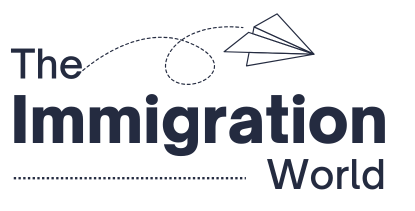Big changes are on the horizon for families hoping to move to Ireland. Starting in 2026, Ireland is set to implement reforms aimed at simplifying the process for skilled migrants to bring their family members to the country. These updates are part of a broader strategy to attract and retain international talent while addressing labor shortages in key sectors, including healthcare, technology, and construction. The government’s goal? Make Ireland more competitive with other EU countries—and more welcoming to families, not just individuals.
Key Takeaways
What’s Changing in Ireland’s Immigration Policy in 2026?
The new rules focus on speeding up approvals, cutting red tape, and providing a clearer path from job offer to family reunification. One of the most anticipated aspects is a streamlined, seven-step process designed to make moving with your family feel more like a guided journey than a bureaucratic maze.
Who Can Apply to Immigrate with Their Family?
Under the 2026 system, the main applicants will be those with job offers in “critical skills” or “in-demand” sectors. If you’re coming in on a Critical Skills Employment Permit or a General Employment Permit, you may be eligible to bring family members right from the start.
As for dependents, the Irish government recognizes spouses, civil partners, and children under 18 as direct family members. In some cases, older children (typically under 23 and financially dependent) may also qualify. The big shift? You’ll now be able to include these family members at the time of your initial application, rather than waiting until you’re settled.
What Is the Step-by-Step Process for Moving as a Family?
Ireland’s updated immigration roadmap for 2026 will likely follow a seven-step process that looks something like this:
- Secure a job offer in a critical or in-demand occupation.
- Apply for the appropriate employment permit—either Critical Skills or General Employment.
- Include your family in the initial application under the reunification provisions.
- Submit visa applications (if required) for dependents via Irish embassies or consulates.
- Arrive in Ireland and register with immigration authorities.
- Obtain permission stamps (Stamp 1 for main applicants, Stamp 3 or 4 for dependents).
- Start your working life—and integrate into Irish society, with dependents potentially benefiting from a “single permit” system for work and residence.
Also Read: Which Countries Are Offering Bridging Visas in 2025?
This structure aims to reduce uncertainty and avoid the previous delays many families experienced when applying separately or post-arrival.
Will Family Members Be Allowed to Work in Ireland?
Yes—and that’s one of the biggest wins in this new system. As of recent policy adjustments, spouses and adult dependents of Critical Skills permit holders are allowed to work. In 2026, these rights are expected to be extended more widely and offered more promptly.
Instead of waiting months for Stamp 1G (which permits work), eligible dependents may now get work authorization shortly after landing, or even upon entry. This is a major improvement over the older system, which often left spouses in limbo while their partners started working.
What Documents and Proofs Will You Need?
While the process is being streamlined, paperwork is still part of the game. Here’s what you’ll likely need:
- A valid employment permit approval for the principal applicant.
- Proof of relationship for dependents (marriage certificates, birth certificates).
- Proof of accommodation in Ireland.
- Evidence of meeting any financial requirements, particularly for non-Critical Skills applicants.
- Valid passports and possibly medical or police clearance certificates, depending on your country of origin.
Keeping all documents organized and up to date will be key to avoiding unnecessary delays.
| Task | Action |
|---|---|
| Find a Job | Use Irish job boards and apply to sponsoring companies |
| Get a Permit | Choose Critical Skills or General Employment Permit |
| Apply for Visa | Long-stay “D” visa via AVATS |
| Family | Prepare family visa application and documents |
| Enter & Register | GNIB registration within 90 days |
| Settle | Open a bank account, rent housing, start working |
| Stamp 4 | Apply after 2 years (Critical Skills) |
| Citizenship | Eligible after 5 years of legal residence |
How Long Will the Application and Approval Process Take?
While timelines can vary, the reformed system aims to shorten the overall processing time for both employment permits and dependent visas. Under current processing trends:
- Employment permits can take 6–8 weeks (sometimes less for Critical Skills).
- Dependent visa applications currently take 8–12 weeks, but this may improve under the 2026 system.
The key advantage is the concurrent processing of main and dependent applications. Instead of waiting for one to finish before starting the other, you’ll be able to move forward as a unit.
Is Ireland Becoming More Family-Friendly for Immigrants?
In short: yes. Compared to older systems where bringing your family involved long waits, extra steps, and separate approvals, Ireland’s 2026 immigration reforms are a step toward greater inclusivity and predictability.
By allowing dependents to be included from day one, granting them early work rights, and reducing bureaucratic hurdles, Ireland is signaling that it values the social fabric of migrant families, not just their economic output.
When placed alongside other EU nations, Ireland’s proposed reforms place it firmly in the “family-friendly” category, especially for skilled migrants. It’s a smart move for a country that wants to remain globally competitive—and a welcome one for families dreaming of a new life on the Emerald Isle.
Ireland revised its in-demand occupation lists: https://enterprise.gov.ie/en/what-we-do/workplace-and-skills/employment-permits/employment-permit-eligibility/highly-skilled-eligible-occupations-list/





